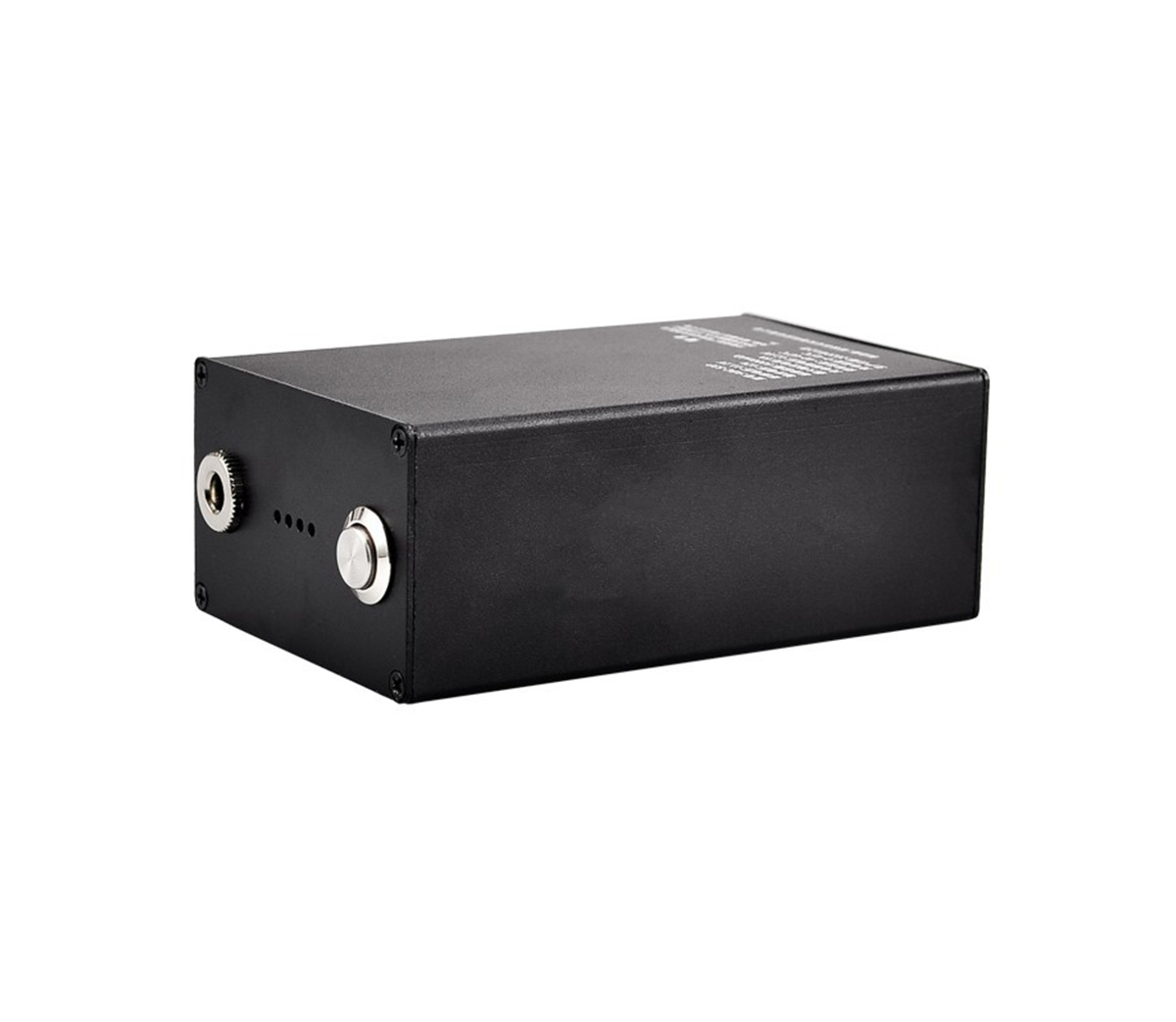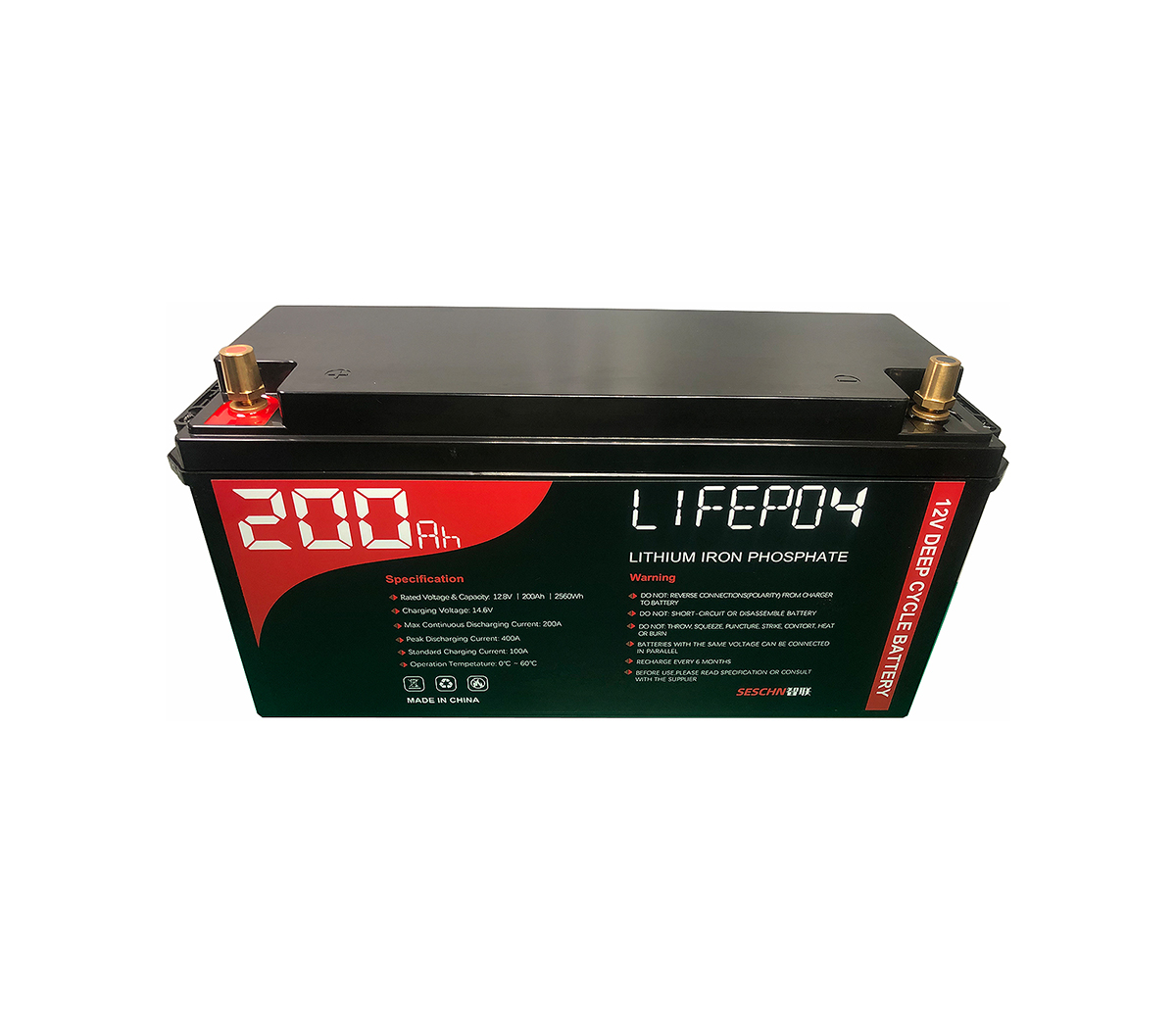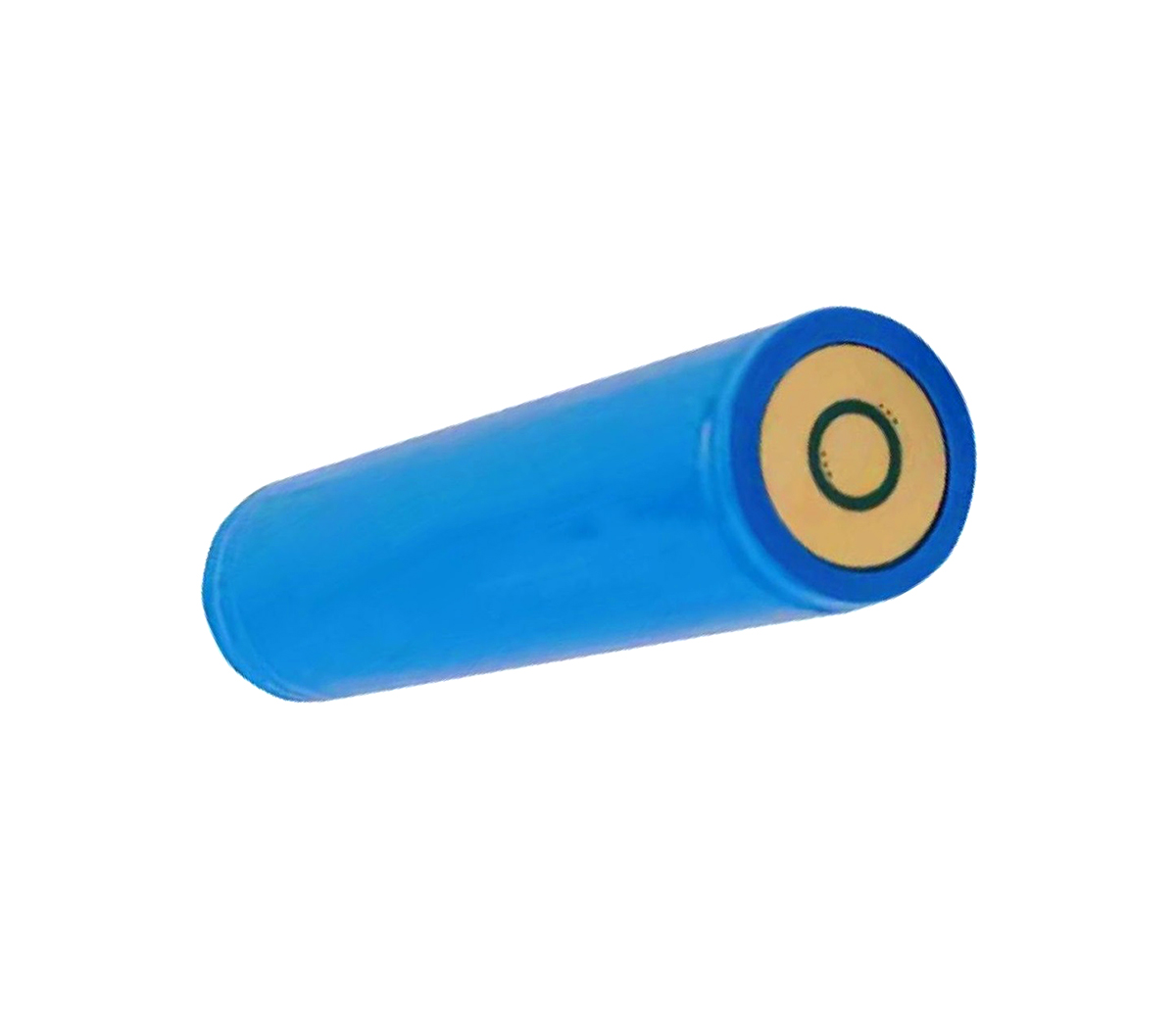Is the lithium iron phosphate battery fast charging solution better than
ternary lithium?
If new energy vehicles want to truly achieve a similar experience to
traditional gasoline vehicles, shortening the charging time, improving the range
and convenience of charging are unavoidable topics.
If new energy vehicles want to truly achieve a similar experience to
traditional gasoline vehicles, shortening the charging time, improving the
cruising range and the convenience of charging are unavoidable topics. Dr. Wang
Shengwei, head of the fast charging project of CATL New Energy Technology Co.,
Ltd. (CATL), said that the "superconducting subnet" and "fast ion ring"
technologies developed by CATL are combined to develop lithium iron phosphate
fast charging cores. After having 4C high-rate fast charging, 100% charging of
pure electric buses can be completed within 15 minutes. Recently, Wang
Shengwei delivered a speech to analyze the principles and characteristics of
fast-charge lithium-ion batteries, and introduced CATL's maintenance plan and
the progress of fast-charge lithium-ion batteries. In principle, the
bottleneck of fast charging of batteries is the negative electrode. Common
chemical systems will produce by-products on the negative electrode during fast
charging, which will affect the cycle and stability of the battery. Once the
lithium ions are blocked in the negative electrode, it is very dangerous, but as
long as the lithium ions enter the graphite, there is basically no problem.
Therefore, CATL has developed the "fast ion ring" technology to create a highway
network on the surface and inside of the graphite, so that lithium ions can be
quickly embedded in any position of the graphite. "It can achieve both lithium
ion density and fast charging. This is like repairing the ring road to alleviate
traffic congestion. The'fast ion ring' graphite is the mechanism. We have
shipped hundreds of millions of dollars on mobile phones. It is reliable. Sex
has been verified.” Wang Shengwei introduced. Is lithium iron phosphate
suitable for fast charging? Some people in the industry believe that lithium
iron phosphate is not suitable for fast charging. In Wang Shengwei's view, this
problem has two sides. From the point of view of materials, the intrinsic
conductivity of lithium iron phosphate materials is relatively low, only one
percent of that of ternary materials. It is necessary to optimize the
conductivity of lithium iron phosphate materials to meet the needs of fast
charging. Wang Shengwei said that after CATL's transformation, lithium iron
phosphate is no longer "the original lithium iron phosphate", even better than
ternary materials. On the positive electrode, CATL has developed the
"superconducting subnet" technology, which makes lithium iron phosphate have
excellent electronic conductivity, which can reach 1000 times that of ternary
materials. He pointed out that the current cycle performance of lithium iron
phosphate fast-charged batteries is better than that of non-fast-charged
batteries. In principle, there is no contradiction between cycle performance and
charging. Then why is it not good for a traditional battery to use a fast charge
cycle? That's because traditional batteries are not designed for fast charging.
There will be by-products or side reactions during fast charging. When the side
reactions increase, the cycle will naturally deteriorate. Once the kinetic
problem of fast charging is solved, its cycle will not deteriorate at least. At
the same time, fast charging batteries not only have higher kinetics, but also
because the energy density is lower than that of non-fast charging, it is not
surprising that the energy density is lower, the electrolyte is more, and the
circulation becomes better. In fact, the lithium iron phosphate fast charge
battery they are currently developing can reach 10,000 cycles. To ensure fast
charging in the "healthy charging range" "After years of research at CATL, we
believe that the healthy charging range is related to the irreversible reaction
speed of charging. For a fixed chemical system, it will be affected by
temperature and voltage and is irreversible. The speed of the reaction
determines the speed of the capacity decay and impedance increase of the battery
during the cycle. Therefore, the focus of our research is how to identify the
speed of the irreversible reaction. Fast charging can be achieved within this
"healthy charging interval". Charging can prevent the battery from being damaged
by fast charging, and achieve both fast charging and long cycle.” In low
temperature conditions, CATL proposes two battery protections. One is charging
in a temperature range and slow charging at low temperatures. Charge in the
"healthy charging interval" to better protect the battery. The second is to use
the hydrothermal system to heat the battery cell at low temperature. When the
battery cell temperature reaches the required level, the fast charge mode can be
turned on to achieve "healthy" fast charge at low temperature. Similarly, the
battery also needs to avoid the effects of high temperature, because it has an
oxidation-reduction reaction, the higher the temperature, the more violent the
reaction. In this regard, CATL's solution is to use a low voltage system of
3.65V, which has weak positive oxidation, few side reactions and slow speed. In
addition, there is water cooling to control the temperature to avoid high
temperature. High-energy-density battery fast charging leads the world. In
terms of “longer cruising range”, CATL’s technical plan is to achieve a battery
energy density of 300 watt-hours per kilogram by 2020. After 2025, there are
plans to further increase the energy density. In terms of "shorter charging
time", CATL has been developing a fast-charge battery with an energy density of
190Wh/kg and a 15-minute full charge. The battery is expected to have mass
production capacity in 2018, and its main application area is passenger cars.
"For the high-energy density fast-charging batteries for small cars, we have the
advantage of technical reserves, and domestic battery companies have the
opportunity to be ahead of Japan and South Korea." Below 1C, charging to 80% is
close to 50 minutes. Our product can charge 80% in 12 minutes, and the charging
speed is in sharp contrast. Even for the heavy-duty taxis with fast charging,
they are fully charged twice a day, one It needs to be charged 700 times a year.
According to the taxi's 4 years of service cycle, 2800 times should be enough.
The cycle of our high-energy fast-charge battery is expected to be more than
3000 times, which should be able to meet the needs of passenger car
applications. ."


































